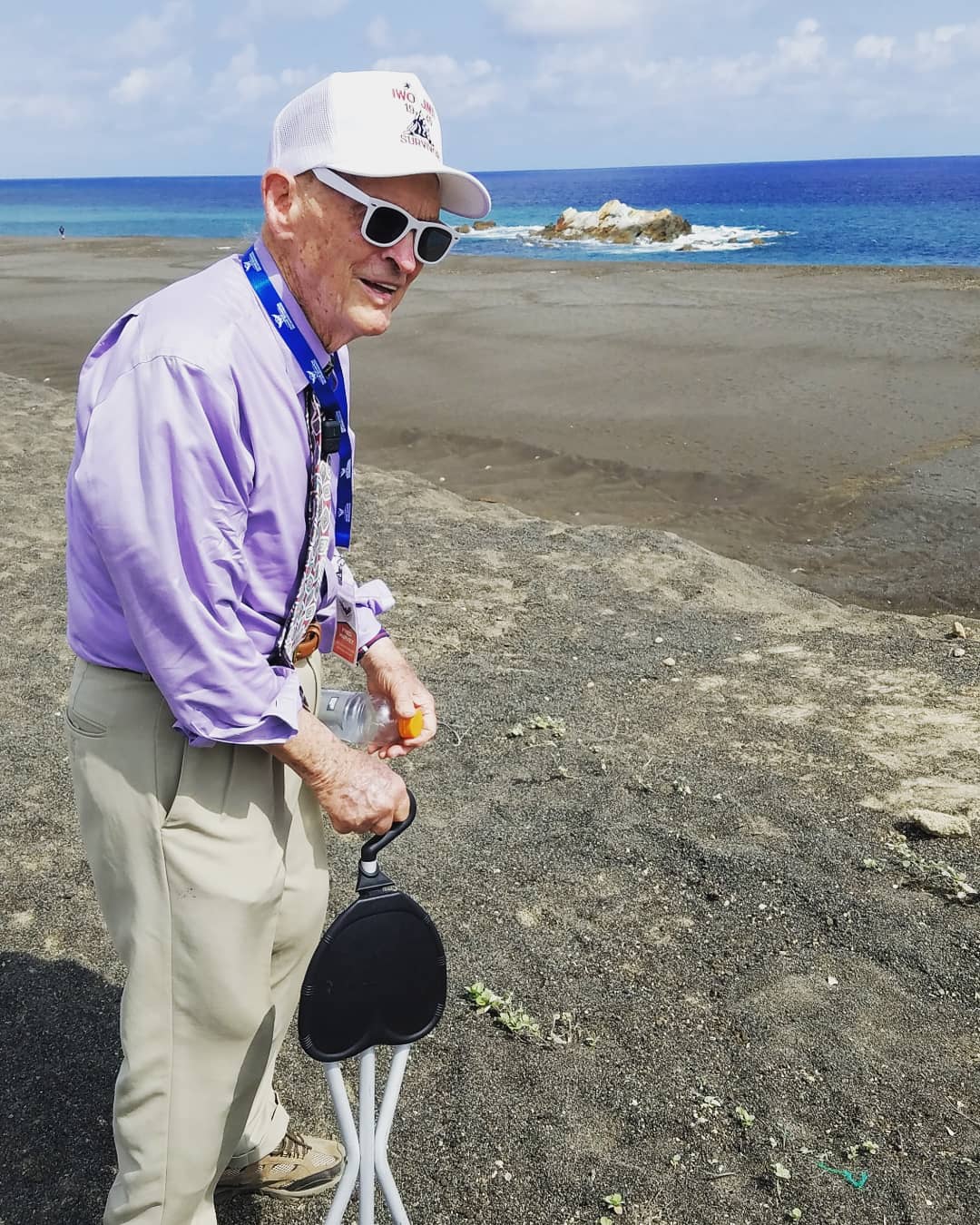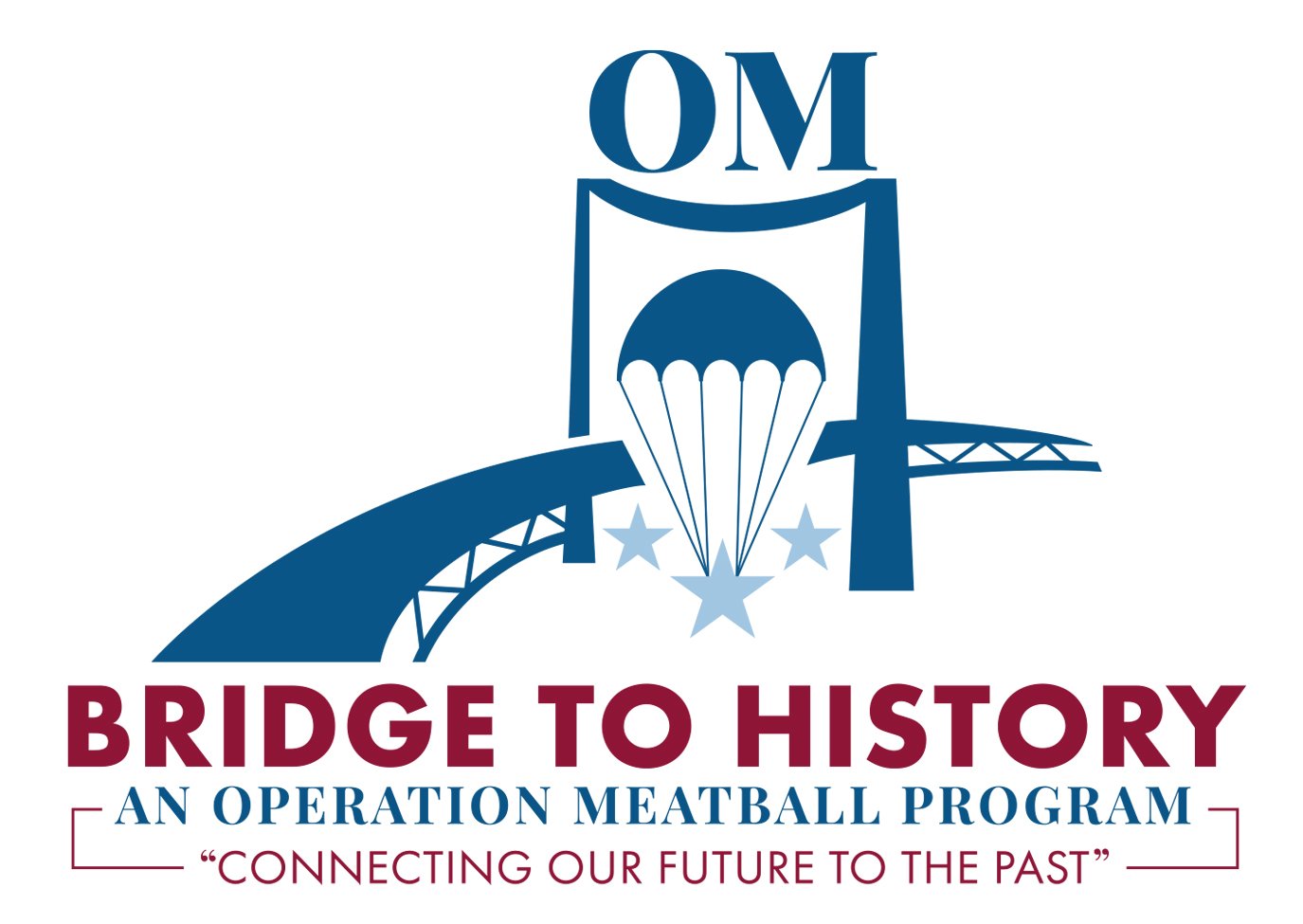"Sure a rough mission for us today.”
/It’s been a couple of years since I mentioned my friend, Lt. Vince Losada... he was something else. His life and death was a book. I don't need an excuse to talk about him, but I figured Purple Heart Day is a pretty good one.
As you can see in the photo (my last one with him), Vince earned his Purple Heart at a pretty high cost - his arm.
On March 15, 1945 Vince was returning from his 25th mission on the beautiful B-17 Flying Fortress "the Big Drip Jr." Their mission had been Oranienburg, Germany. Within moments of dropping the first bombs the "Big Drip Jr." was attacked by flak that was "intense and very accurate." One burst of flack hit Vince, seriously cutting up his back and severing his right arm above the elbow. He told me that the arm was only attached by a string.
A tourniquet was applied and morphine pumped into him, but it didn’t look good and they had a long flight home. The “Big Drip Jr.’s” pilot later wrote, “The underside of the plane from the cockpit to the tail was covered with Vince’s blood from this wound."
After considering flying to Russia, they decided to risk the trip back to England. By a miracle, Vince made it.
"The flight surgeon told us that another fifteen minutes would have been fatal."
Photo credit: http://www.487thbg.org/ & Vince Losada
Boyd Smith, the waist gunner, wrote the next day,
“I think he will pull through. He has a lot of grit and Thank God for letting us get him back.... Sure a rough mission for us today.”
Thanks to Boyd's quick work applying the tourniquet, and the freezing altitude at which they were flying (which coagulated his blood and kept him from bleeding to death), Vince pulled through. He was 20 years old.
Photo credit: http://www.487thbg.org/ & Vince Losada
I never once heard Vince complain or consider himself to be less fortunate than others. In fact he was one of the most self-sufficient and optimistic people I've ever known (and a darn good driver too). So many lessons to be learned there.
Really, there are so many more incredible stories for Purple Heart Day. But I just wanted to share this one about Vince. Because he was my friend. And represented so well all that Purple Heart award stands for, including humility, integrity, and a wicked good sense of humor.
Thanks Vince. We miss you loads.
Operation Meatball
Honoring Veterans & Connecting Them With the Youth of Today



























